How Intel lost the mobile chip business to Apple's Ax ARM Application Processors
Between 2005 and 2014, Intel fumbled the ball in mobile chips, losing its position as the world's leading processor supplier by failing to competitively address the vast mobile market and enabling Apple to incrementally develop what are now the most powerful mainstream Application Processors to ship in vast volumes. Here's how it happened, the lessons learned and how Apple could make it happen again.
How Intel lost the mobile chip business
Apple strategically targeted mobile Application Processors as a technology it wanted to own back around 2007, when the iPhone was barely a year old. It was effectively a reversal of a previous strategy that intended to simplify Apple's hardware operations by leveraging its 2005 partnership with Intel.
The initial development of the original iPhone made Apple realize that abandoning its history of custom chip development and delegating all silicon design to Intel had been a mistake. Prior to 2005, Apple had maintained a fluctuating but significant in-house custom chip design team. In the move from PowerPC to Intel, Steve Jobs eliminated that team.
However, while Intel was interested in selling its new Core x86 chips to Apple for use in Macs (and developing the supporting chipsets for them), it wasn't interested in building mobile chips for Apple's iPhone, at least not at the price Apple wanted to pay and in the quantity Intel expected Apple to buy.
Intel's former chief executive Paul Otellini (below) revealed last year that he didn't believe his company would able to earn enough money building mobile chips for Apple's new iPhone to cover its development costs, largely because he couldn't imagine Apple selling iPhones in large quantities.
Intel gives up XScale
Intel at the time actually owned XScale, an ARM chip producer, but it announced plans to sell off the group to Marvell in the summer of 2006 after any hope of a deal with Apple was lost.
Intel's inability to foresee the potential of Apple's new iPhone may have been colored by its disappointing experiences with XScale, the rebranded StrongARM group it announced plans to acquire from Digital Equipment Corporation in 1997 as part of a patent infringement settlement.
StrongARM had been a collaboration between ARM and DEC to build a new class of higher end ARM processors. Apple had been using StrongARM chips in its Newton mobile devices, but Jobs terminated that tablet product line just after Intel took ownership of its chip supply.
Intel had planned to use XScale to expand its influence into mobile and embedded devices where x86 compatibility was not necessary. StrongARM's modern "RISC" architecture appeared suited to replace Intel's own failed attempts to introduce non-x86 compatible RISC processor families, including its i432, i860 and i960.
However, after almost ten years of investment into XScale, Intel had seen few hit products using the chips and lots of duds (Palm Treos, Pocket PCs from Compaq and Dell, and Creative Zen MP3 players). Compared to the fat profit margins of its PC x86 chips, the XScale operation appeared to be nothing less than a money pit. That makes it more understandable why Intel wasn't exactly beating down Apple's door to supply it with a few million $30 ARM chips that would cost it many millions to develop and manufacture.
In hindsight however, Intel's failure to see the potential of the iPhone recalls HP not being interested in building the original personal computer designed by Steve Wozniak and Jobs; the two subsequently built their product into the first Apple. Thirty years later— thanks to Intel's lack of interest— iPhone eventually helped launch another new business for Apple: mobile Application Processors.
Intel begins badmouthing ARM, touting Atom
In 2008, a couple years after Intel exited the ARM business, two minor Intel executives made public comments dismissing Apple's iPhone and the ARM chip that powered it as being underpowered, at least compared to what it could be, were it to use an x86 Atom mobile processor from their company instead.
By that time, Apple's iPhone had already proven itself to be revolutionary and a major new feather in ARM's cap. Having sold off its own XScale ARM operations, Intel planned to target the potential for mobile devices using a new scaled down version of its desktop x86 processor (branded Atom), first in partnership with Microsoft's Windows Mobile, and later (after losing its bid for building the brain inside Apple's iPad) in 2011 partnerships with mobile Linux (using Intel's own Moblin distribution) and Google's rival Android.
Given those circumstances, it's no wonder why Intel representatives were badmouthing ARM in 2008. However, the poor optics of Intel mocking Apple, a major client, resulted in effectively a public apology by Intel's senior vice president Anand Chandrasekher, who candidly "acknowledged that Intel's low-power Atom processor does not yet match the battery life characteristics of the ARM processor in a phone form factor," adding, "Apple's iPhone offering is an extremely innovative product that enables new and exciting market opportunities."
iPad appears without an x86 chip
Shortly before Apple launched its original iPad in 2010, Intel appeared confident that Apple would select its x86 compatible Atom chips to power it, as the ARM Application Processors currently being used in iPhones appeared to be very limited compared to the tablet chips Windows Tablet and UMPC licensees were using.
Even Samsung— which had manufactured the chips for Apple's iPhone, iPhone 3G and iPhone 3GS based on designs licensed directly from ARM— was building its own UMPC tablets (such as the Q1, below) powered by Intel's x86 Celeron M chip, designated as "Ultra Low Voltage."
Nobody expected Apple to develop a tablet powered by a wimpy ARM chip intended for cell phones, in part because of the nonstop x86 propaganda radiating from Intel through the media via press releases, and in part because of Apple's fairly fresh partnership with Intel in Macs, which was then barely four years old. Apple had even developed its Apple TV set top box using a similar, low power Intel Pentium M processor.
Intel's Silverthorne (aka Atom) mobile x86 chip widely seemed to be the most logical choice for a new Apple tablet, particularly given the expectations set by Samsung and other Windows licensees adapting Microsoft's Tablet PC reference designs. Instead, Apple developed its own new A4 chip for iPad, and subsequently reused it in iPhone 4 and for a redesigned, iOS-based second generation Apple TV.
Five years later, Intel's Atom is still not competitive with Apple's rapidly advancing custom ARM chips. Intel's rather desperate recent efforts to pay Android manufacturers to use its chips has resulted in more than $7 billion in losses from the company's mobile division over the past two years.
Intel's latest earnings report notes that the company's mobile group again lost an astounding $1.11 billion in the winter quarter (on "negative revenues" of $6 million, meaning Intel was paying its clients to use its products). That makes Intel's Atom group responsible for cumulative losses within 2014 totaling over $4.2 billion.
It's no wonder why, for 2015, Intel has announced it will no longer detail to investors how much money it loses from mobile (just like Google) as it gives away products in hope of someday creating a business that can turn a profit. Within one year after restructuring to emphasize its "Internet of Things" strategy, Intel is now reworking its earnings reporting again, shoveling its mobile losses into the still burning furnaces of its PC processors to incinerate any evidence of failure.
There is simply no basis for arguing that Intel— the world's most sophisticated processor maker— didn't lose out big to Apple in the relatively new market for mobile processors over the past five years. This is particularly incredible given the fact that Apple assembled its chip design team essentially from scratch in just a few years after realizing how important it would be to own the supply for its new mobile devices.
How Apple got into the mobile chip business
With Intel disinterested in developing chips for iPhone, Apple sourced its Application Processor for the first iPhone from Samsung, which was already a major component supplier for Apple, having produced hundreds of millions of the simpler ARM chips used in iPods. However, Apple's 2005 strategy of reliance on Intel for its silicon design expertise complicated its increasingly sophisticated ARM appetite in mobile devices.
John C Randolph explained that Apple "not having their own chip design experts in-house made for very poor communication with Samsung, which is why the H1 processor in the iPhone wasn't quite what they wanted, although it was exactly what they'd asked for; in other words, mostly Apple's fault, not Samsung's."
The relatively generic, Samsung-manufactured APL0098 chip that Apple used in the original iPhone (featuring an ARM11 CPU using ARMv6 instruction set, built using 90nm process) was far more powerful than the ARM7TDMI (ARMv4) processors Apple used in the first iPod (and which powered most Nokia phones and Nintendo's GameBoy Advance). They were, in turn, far more powerful than the original ARM6 (ARMv3) and StrongARM (ARMv4) chips used in Newton MessagePads from the 1990s.
However, back in 2007 no ARM chip was anywhere near as powerful as Intel's Core processors used in Macs. That made it an astounding feat that Apple was able to effectively port the entire essential OS X Mac environment to run on such an ARM chip in the original iPhone, along with an entirely new multitouch-based user interface.
Even after Apple first demonstrated iPhone, high-level executives, pundits and discussion boards all expressed disbelief that the company actually had the Mac's full Unix environment running on a mobile device. At the time, it did just not seem possible.
Other ARM devices had been running a far simpler OS environment such as Nokia's Symbian, Palm OS or Microsoft's Windows CE (which was related to desktop Windows PCs in name only).
Now that Apple had shown it could be done, there would inevitably be a race to duplicate its work. Microsoft ineffectually tried to beef up Windows CE; Nokia initiated efforts to improve Symbian or replace it with Linux; Google repositioned its initially far less ambitious JavaVM project into an iOS clone branded as Android; and both Palm and BlackBerry set out to develop "real" mobile operating systems for the modern era.
With so many fast followers behind it (all of them better capitalized and better connected than the Apple of 2007), it is now clear in hindsight that to stay ahead of the pack, Apple needed to not only drive a rapid OS development cycle, but also needed to drive hardware advances on its own.
By 2009, Palm webOS and Android would be looming as potential threats to iOS; a year later Microsoft and Nokia launched Windows Phone, followed by the 2011 release of the QNX-based BlackBerry Tablet OS.
Apple builds a chip design team
Apple's Jobs quickly realized that the company needed to rebuild an internal silicon design team and line up architectural licensing agreements with both ARM and Imagination Technologies that would enable it to work with Samsung to build its own optimized mobile chips, iterating new technology as rapidly as possible to stay ahead of competitors.
Somewhat ironically, over 15 years earlier Apple had co-founded ARM (in a joint partnership with British computer maker Acorn) with the express intent to create a new, mobile-optimized chip architecture capable of powering 1994's handheld "Personal Digital Assistant" Newton MessagePad tablet (below). Newton wasn't a tremendously successful product, but its openly licensed ARM processor architecture took off (thanks largely to adoption by Nokia) and subsequently took over the entire mobile industry.
In the late 1990s, Jobs not only shuttered Newton but also liquidated Apple's holdings in ARM, gaining the cash needed to keep the company alive until it could return to strong profitability. A major driver in that push was the iPod, which used ARM processors built by Samsung. That made Samsung a natural partner for sourcing a more powerful Application Processor for the iPhone.
AppleInsider exclusively reported on Apple's secret licensing agreements made within a year of the original iPhone's launch, and covered the company's acquisitions of fabless chip designers including PA Semi and Intrinsity.
Apple's custom Ax series Application Procssors
Those investments began to pay off with the A4, introduced in 2010. It incorporated clock speed and RAM data bus enhancements that enabled it to drive the increased resolution of iPad, manufactured at a 45 nm process. While many in the media shrugged off the new iPad as "just a big iPod touch," nobody else could copy it.
Even Samsung, with its own version of the A4 chip (S5PC110, later rebranded as an Exynos 3), struggled to bring its own Galaxy Tab to market eleven months later, with smaller screen to shave off costs. The next year, Motorola used a comparable Texas Instruments OMAP 3 chip to deliver its Xoom tablet, but it was still not even ready for sale.
Meanwhile, Apple had not only put its A4 in iPhone 4 and Apple TV, but was ready to ship iPad 2 the following year with its dual core A5, a chip featuring twice the CPU power and eight times the GPU performance of A4. It was subsequently used in iPhone 4S, then followed up by the A5X powering the Retina Display "New iPad" that debuted in March 2012.
Later that year in September, Apple shipped iPhone 5 with A6, a new chip featuring an entirely custom "Swift" core design and manufactured at a 32 nm process. One month later, Apple released its A6X variant powering iPad 4.
Apple's rapid advancement of Application Processors not only kept it ahead of Intel's x86 Atom chips, but also kept it competitive with rival ARM chipmakers. In fact, by the release of A6, Texas Instruments, one of the primary ARM fabs supplying chips products including Amazon Kindle Fire, Palm Pre, RIM BlackBerry Playbook, Motorola's Xyboard tablet and MOTOACTIVE music player, Nokia's N9, Google's Nexus Q and Galaxy Nexus— was ready to exit the consumer market, largely because it was unable to justify the expense of developing new generations of OMAP chips in competition with Apple.
Apple recruited chip design talent away from Texas Instruments, along with other struggling chipmakers including AMD, IBM and Freescale. Meanwhile, Apple had acquired Anobit and would later gobble up Passif Semiconductor.
Apple didn't just become a respectable, competitive chip designer; in 2013 it passed up the rest of the Application Processor industry (within three years of releasing its first custom A4 chip in 2010) by introducing A7, the first 64-bit ARMv8 to reach real production, using an entirely new Cyclone core design and a 28nm process.
This year, Apple further refined its 64-bit Cyclone architecture in A8 and A8X, manufactured at a 20nm process. Apple's closest competitors— Samsung, Qualcomm and Nvidia— still haven't produced a 64-bit ARM chip suitable for use in phones. Nvidia has dropped out of the phone business entirely. And when Samsung and Qualcomm do ship their first 64-bit chips later this year, they'll be using generic core designs by ARM.
Designing its own Application Processors has given Apple enormous vertical advantages, and it recycles investment and vast economies of scale in a way that exclusively benefits itself rather than making it easy for competitors to catch up.
Apple's integration of hardware and software technology is not only keeping its iOS devices competitive, but also wiping out alternative supplies of higher end chip offerings. Intel has been forced to lose billions of dollars each year while paying manufacturers to use its chips. That's something most chip makers simply can't afford to do, and even Intel has said it will not keep subsidizing its Atom chips this year on a similar scale.
The tremendous investment expense required to keep up with Apple's Ax design has effectively given the company the luxury of keeping the premium high end market to itself, via its vertically integrated ownership of the chip supply. And increasingly, Apple's profits will enable it to buy up more and more of the finite chip production capacity of fabs such as TSMC and Samsung/ GlobalFoundries, particularly at the latest and greatest chip process fabrication node.
Google and Microsoft have already reached a point where they have few options for assembling Android or Windows tablets that can compete with Apple's latest iPad at similar price points, and the chip supply for advanced phones is also down to a trickle.
While it's grown popular to predict that Apple will duplicate its incredible success in Application Processors to next replace Intel's x86 chips in Macs with its own custom ARM chips, there are significant barriers in the way and a series of more valuable opportunities available to Apple's silicon design team, as the next article will examine.
 Daniel Eran Dilger
Daniel Eran Dilger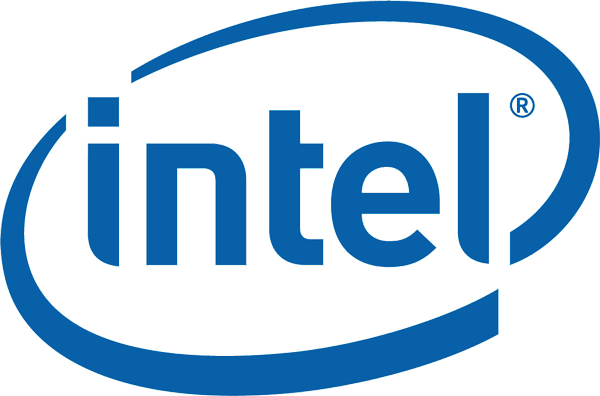

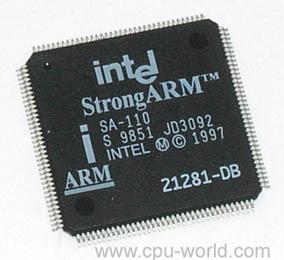
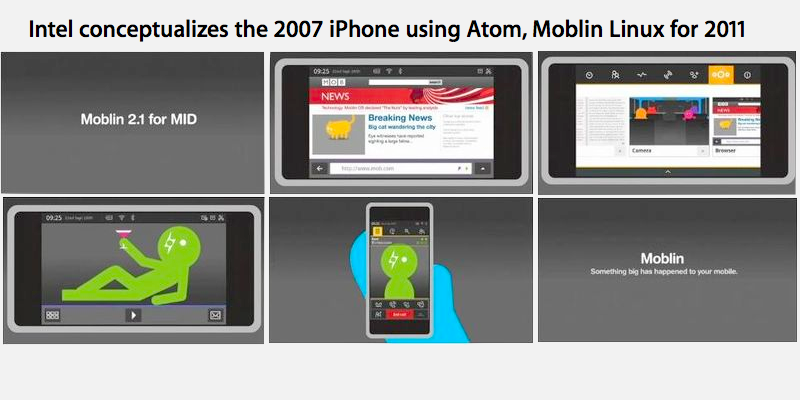
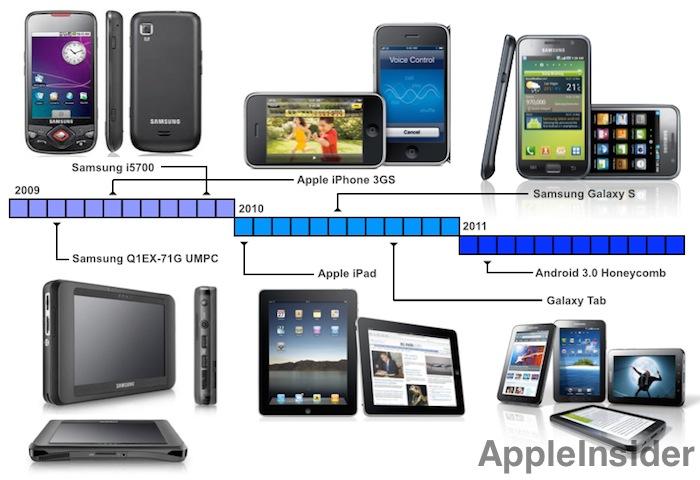
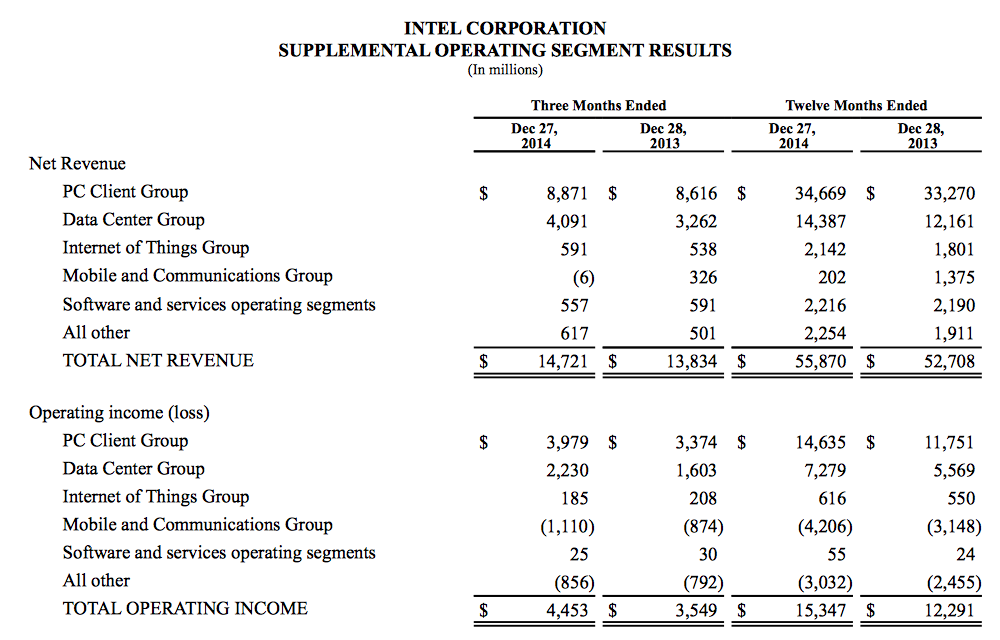
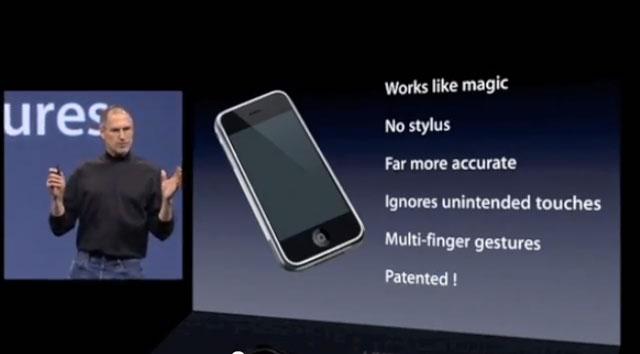


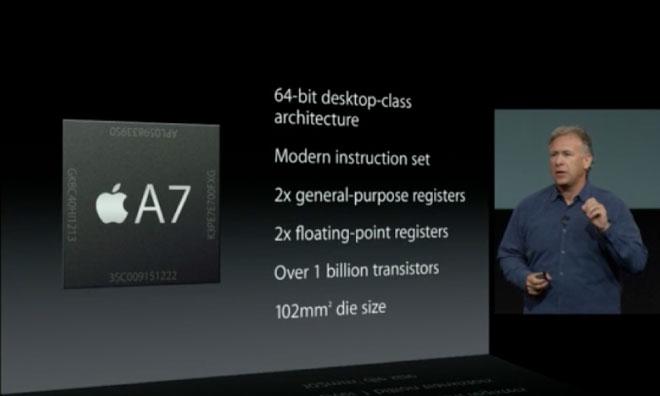
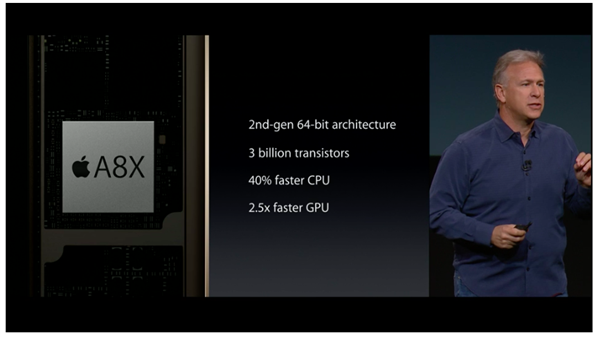











 Mike Wuerthele
Mike Wuerthele
 Malcolm Owen
Malcolm Owen
 Chip Loder
Chip Loder

 William Gallagher
William Gallagher
 Christine McKee
Christine McKee
 Michael Stroup
Michael Stroup
 William Gallagher and Mike Wuerthele
William Gallagher and Mike Wuerthele






